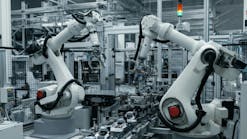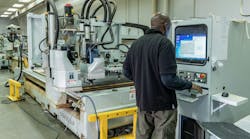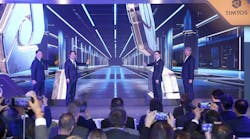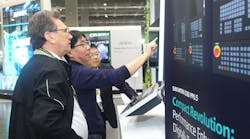Sensors, controls, and network connectivity are now economically viable for ordinary products, not just high-value products. Every “thing” with an on-off switch can be reimagined as a smart, connected device. An internet-connected smartphone or tablet can be the control panel for every device, and the Internet of Things (IoT) is able to support monitoring, control, and function delivery in new ways:
Monitoring: The IoT concept separates data sensing from its analysis and presentation. IoT assumes that analysis of sensor data streams, not direct display, is more useful and cost-effective. The “thing”—say, a machine—is connected to the internet so that its sensor readings and their results after analysis can be accessed by any other authorized internet-connected device. This can be a smartphone or tablet on the other side of the world, or an AI system learning how to operate the machine.
Control: Before IoT, control commands originated from buttons, switches, and sliders on the control panel of a device, or from a remote equivalent of this panel. IoT can embed these commands in messages to the device. These messages originate from an internet-connected physical or virtual control panel anywhere, or from supervisory software running on any internet-connected system.
Function delivery: Embedded software in an IoT device has the option, subject to latency considerations, to work in conjunction with software on local or remote connected systems, to add functions ranging from administrative to artificial intelligence (AI). All of this software can be updated, with or without a technician’s visit.








